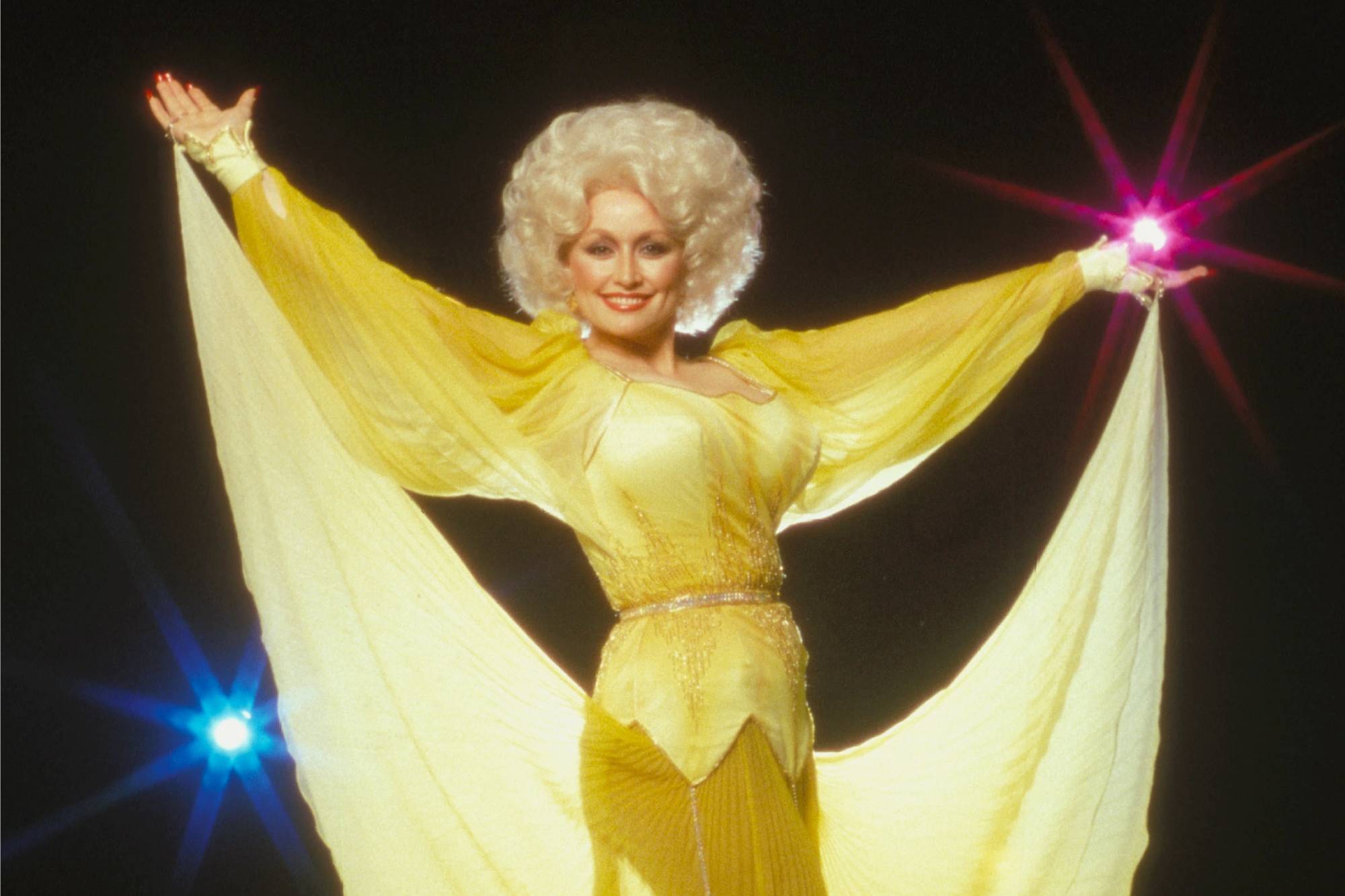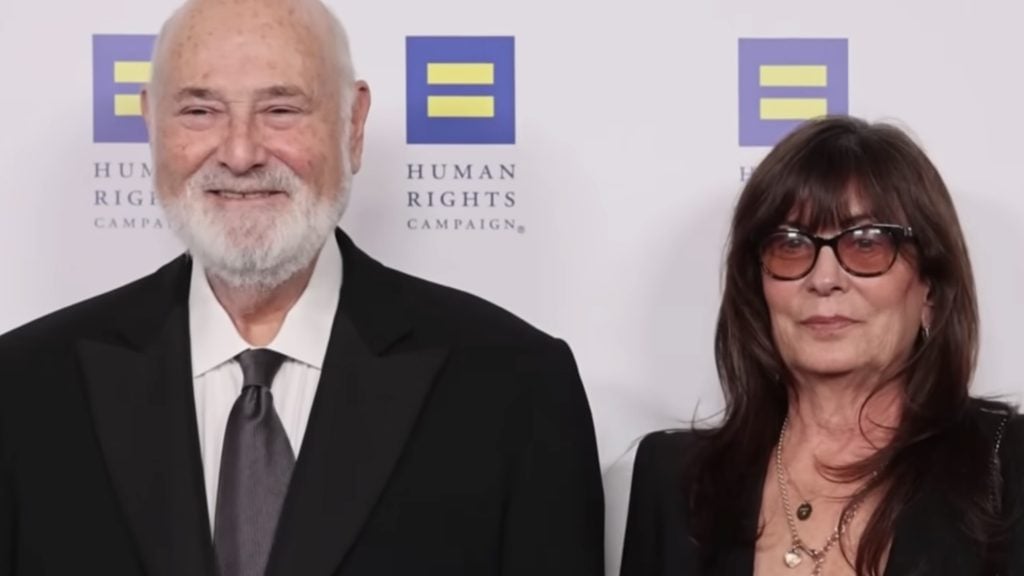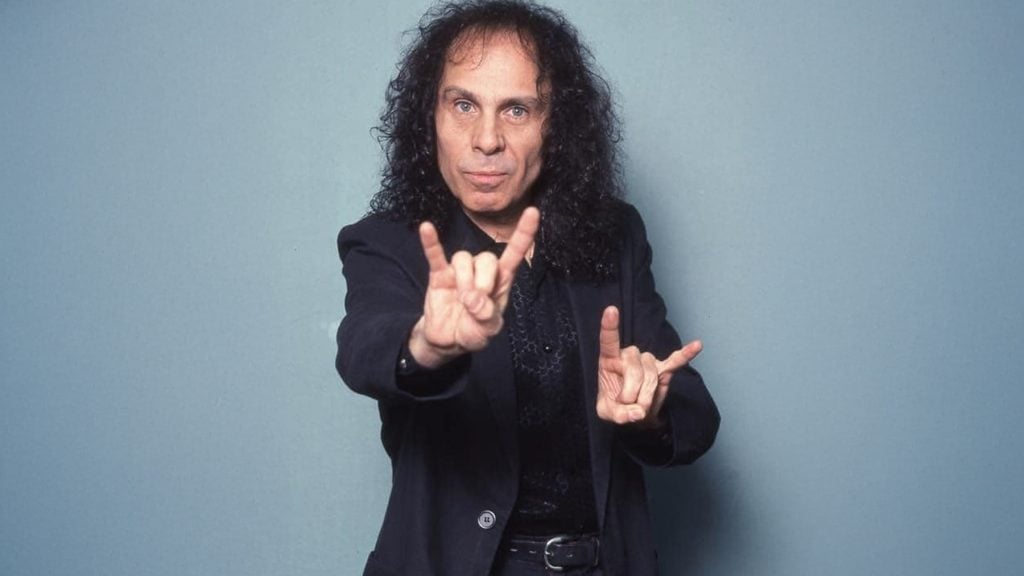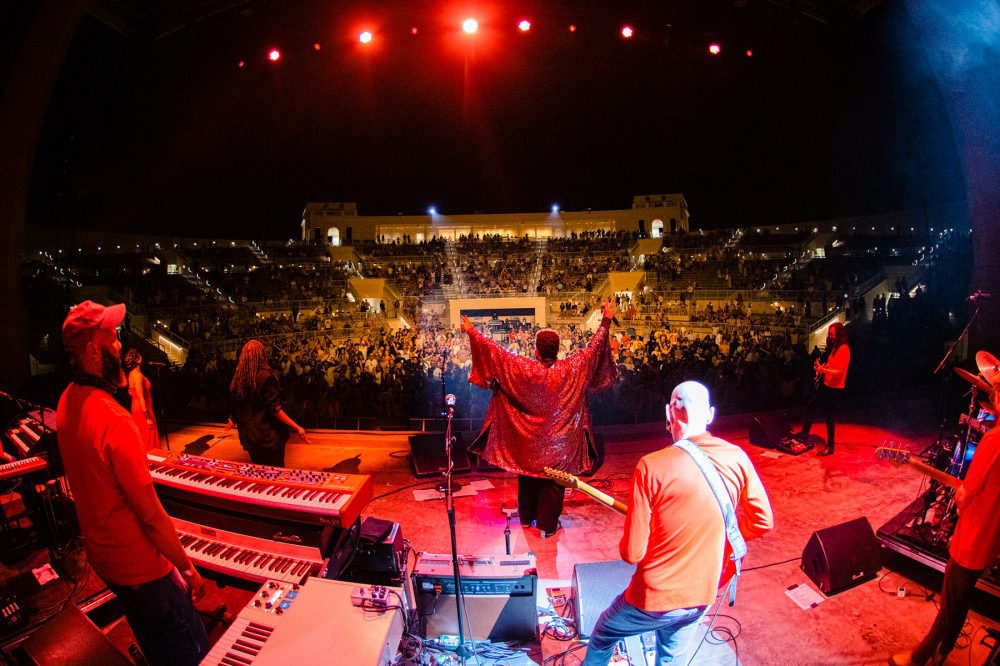
Why Dolly Parton Damn Sure Belongs in the Rock & Roll Hall of Fame, Y’all
Dolly Parton’s public life for the last 60 years has been like a daily act of performance art. While her interior life may or may not mirror the colorful, quirky exterior, there’s an air of rock & roll spectacle to the way she’s walked in those high-heeled shoes day after day.
“Iconic” is a word that gets misused and overused, but it feels appropriate for Parton: Her face shows up in murals and art galleries in Tennessee, but is recognizable in virtually every corner of the world.
Now she’s one of the performers nominated for induction into the Rock & Roll Hall of Fame. The Rock Hall doesn’t always welcome country artists into its fold — most of those who have dual citizenship in the Country Music Hall of Fame and the Rock Hall hit their commercial peaks while my parents were still kids, save for Johnny Cash and his latter-day revival in the late Nineties and early 2000s.
But Dolly Parton’s a different story. Operating since the Sixties, she’s continued to find new success in every decade — as a country singer, pop performer, film star, songwriter, and entrepreneur, to name a few. In doing so, she’s had a lasting influence on multiple generations of entertainers, from Reba McEntire and Alison Krauss to Kesha and Miley Cyrus. And lest we forget, she did it all in full Dolly getup, tossing off a girlish giggle that dared anyone to underestimate her at their own peril. It’s high-level chess that Dolly has been playing since Day One.
blogherads.adq.push(function () {
blogherads
.defineSlot( ‘medrec’, ‘gpt-dsk-tab-country-article-inbody1-uid0’ )
.setTargeting( ‘pos’, [“mid-article”,”mid”,”in-article1″,”btf”] )
.setSubAdUnitPath(“music//country//article//inbody1”)
.addSize([[300,250],[620,350],[2,2],[3,3],[2,4],[4,2]])
;
});
Not unlike Rock Hall members Jackson Browne or Tom Waits, songwriting is at the core of what Parton does. “I Don’t Want to Throw Rice,” from her 1967 debut album Hello, I’m Dolly, found her in a vengeful, violent mood against the home-wrecker who stole her beau. The title track of 1968’s Just Because I’m a Woman took a righteous feminist stance toward a man who felt free to sleep around but turned prudish when he met a woman who didn’t meet his standards of virtue. On that same album, she wrote far darker shit than a lot of today’s metal bands: “The Bridge” is about a woman who gets pregnant and commits suicide after her husband abandons her. Gems like these are scattered all throughout Parton’s catalog.
Parton hasn’t exactly worn the loud-and-proud feminist label, but it’s also been an undeniable presence in her music and work. After years of performing at Porter Wagoner’s side on his TV variety show, Parton placed a bet on herself in the mid-Seventies and split from her longtime mentor. In parting, Dolly wrote “I Will Always Love You” for Wagoner, which went on to become a Number One in 1974. Twenty years later, Whitney Houston — herself a member of the Rock & Roll Hall of Fame — recorded a version for The Bodyguard that stands as the best-selling single by a woman of all time. Houston’s accomplishment extends Parton’s influence even further.
Taken as a whole, it all makes Parton an unconventional but perfect choice to join Houston in the Rock Hall. She has the brashness of Ronnie Spector and Brenda Lee, but the compositional skill of those writerly types like Browne or Carole King, and the marketing savvy of future Hall of Famers Taylor Swift and Beyoncé. The combination of all three? Uniquely Dolly.
The Seventies and Eighties are where Parton really hit her stride, starting with her 1971 masterwork Coat of Many Colors (which she talked to IndieLand about for an episode of our 500 Greatest Albums podcast). Later in the decade, she made a nimble pivot to pop with 1977’s Here You Come Again before venturing into disco on the following year’s Heartbreaker — throw “Baby I’m Burnin’” on in the right club and people go nuts! She also covered Jerry Lee Lewis on her 1979 LP Great Balls of Fire. And that’s to say nothing of writing “9 to 5” in 1980, the single-greatest exploration of labor force exploitation in history. And the only one that will make you shake your ass.
blogherads.adq.push(function () {
blogherads
.defineSlot( ‘medrec’, ‘gpt-dsk-tab-country-article-inbody2-uid1’ )
.setTargeting( ‘pos’, [“mid-article”,”mid”,”in-article2″,”btf”] )
.setSubAdUnitPath(“music//country//article//inbody2”)
.addSize([[300,250],[300,251],[620,350],[2,4],[4,2]])
.setLazyLoadMultiplier(2)
;
});
Of course, Parton’s sense of style — modeled, as she’s stated, on the “town tramp” in her Tennessee hometown of Sevierville — was crucial as well, doing for playful camp what Bowie did for glam. She employed self-effacing humor to talk about her look, but her use of sexuality made a serious statement about her own agency that’s been imitated and refined in various ways ever since. It also inspired thousands of drag queens who were drawn to the exaggerated femininity — it’s no secret that guitar-playing Trixie Mattel is one of Parton’s many admirers in the LGBTQ+ community.
Today, the Dolly Effect is felt even as she continues to put out new music and multimedia projects at age 76. It’s in the twangy indie-rock of Waxahatchee, who covered “Light of Clear Blue Morning” on the deluxe version of her LP Saint Cloud; it’s in the work of Parton’s goddaughter Miley Cyrus; it’s in pop star Kesha, who re-recorded Parton’s Number One “Old Flames (Can’t Hold a Candle to You)” (written by Kesha’s mom Pebe Sebert). And, it goes without saying, it’s evident in the colorful, queer-friendly country-pop of Kacey Musgraves, another stylistic maverick who always has one foot in country.
You’re not likely to find a lot of loud guitars or drums in Parton’s music. Nor are there many stories of backstage excess like there are for some of her Country Hall (and perhaps soon to be Rock) peers. But Dolly’s greatest gifts — that is to say, her razor-sharp songwriting, her oft-imitated, never-duplicated style, and the sheer magnetic force of her personality — sparkle with the essence of rebellion. There’s nothing more rock & roll than that.




